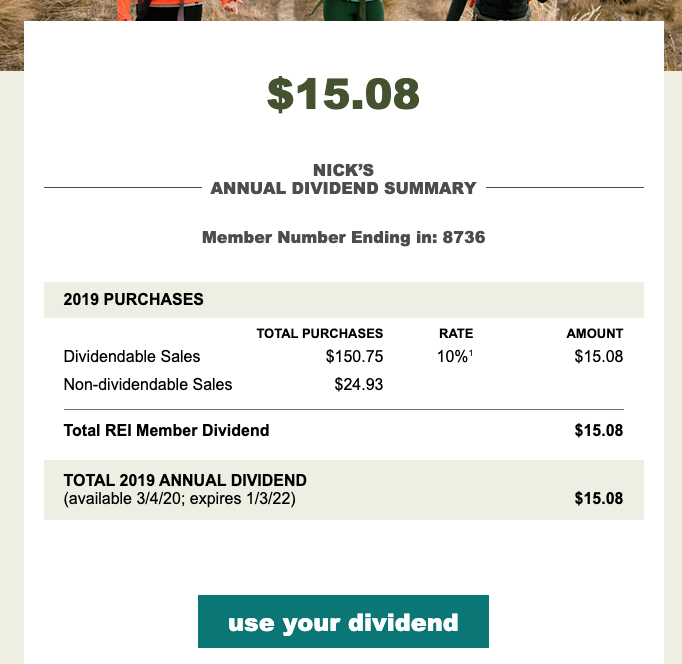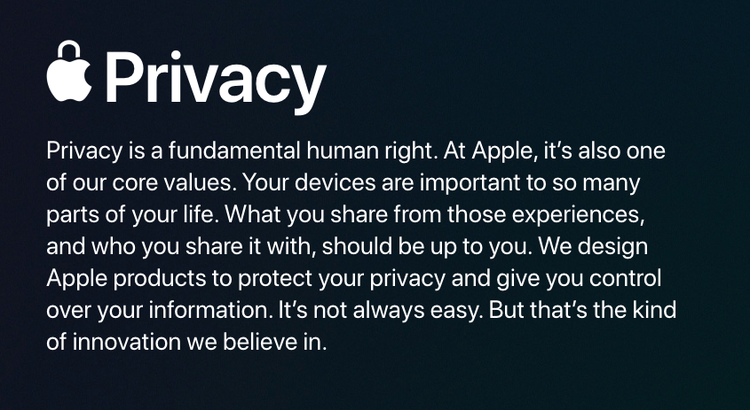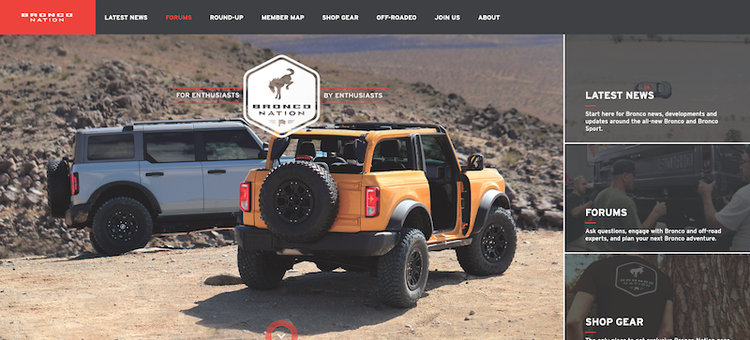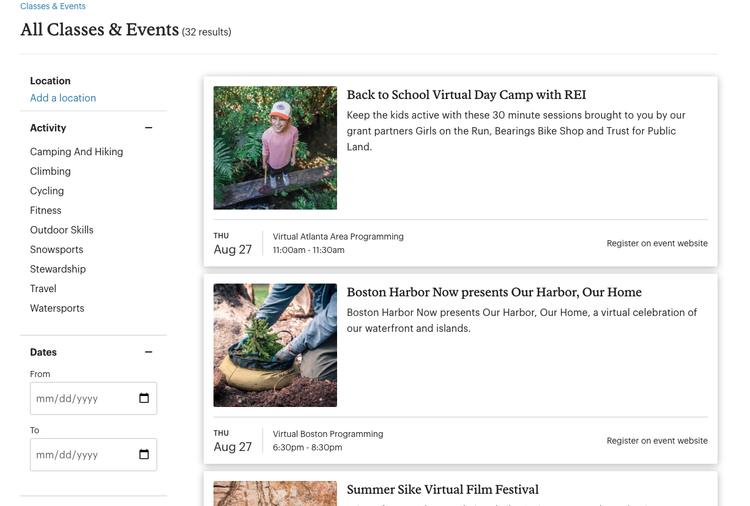Most of us are afraid of what we don’t know. Fear of the unknown is what keeps us from changing jobs, moving to new cities, or eating the sushi at 7-Eleven. This concept translates well into our motivations for sticking with certain brands, but the fear of the unknown is not an effective strategy for brand loyalty.
Eventually most people see the flaws in products or services, leading them to venture out in favor of something new, even if they’re unsure of it.
Instead of resting on “well, you don’t want to take the risk of trying something new” as your repeat customer strategy, why not take a more proactive approach? That’s why I want to talk to you today about customer retention.
Overview: What is customer retention?
Customer retention is a company’s ability to retain a business relationship with a customer over an extended period of time.
This means that customers aren’t just coming in for one-time purchases of products or services, but instead opt to come back over and over again, for whatever reason, without defecting to a competitor.
Customer retention vs. customer acquisition: What's the difference?
Simply put, customer retention is the act of keeping existing customers, while customer acquisition is the act of attracting new customers.
The difference is important because the actions and costs needed to acquire customers versus retain them are very different. The important thing to know is that it’s more cost effective to retain customers than it is to acquire new ones.
In fact, the rule of thumb is that it costs five times more to attract a new customer than it does to retain an existing one. Despite this cost disparity, 44% of companies tend to pour more of their efforts into customer acquisition, while only 18% focus more on retention, according to Invesp.
If the goal is to maximize the bottom line, then it’s clear: You have to work to improve customer retention.
How to calculate your customer retention rate
Your customer retention rate is the percentage of customers you retain in relation to the amount you recorded at the beginning of a determined period of time (month over month, year over year, etc.). This is a very simple calculation that includes three distinct variables:
- E = the number of customers at the end of the time period
- S = the number of customers at the start of the time period
- N = the number of new customers acquired during the time period
These variables are arranged in the following equation:
CRR = ((E - N) / S) x 100
Calculating these variables will give you the customer retention rate percentage.
5 customer retention strategies to boost your sales
There are countless ways to retain your customers. Some even boil down to simple truths such as “providing a quality customer experience” or “meeting expectations.” But even that isn’t enough sometimes.
After all, for those of you who remember the era, the Betamax was clearly the higher quality option for home video viewing over the VHS tape, and yet, the latter won out in the market.
Offering a high quality product or service isn’t always enough to keep customers coming back. That’s why I’ve put together five tried-and-true customer retention solutions that’ll help you boost sales and build a committed consumer base.
Strategy 1: Loyalty programs
REI is one of my all-time favorite stores. Those of you who aren’t familiar with REI (Recreation Equipment, Inc.), it's an outdoor recreation retail store that sells all kinds of gear for hiking, biking, canoeing, and camping.
I love hiking, camping, and off-roading, and REI carries some of the highest-quality brands in these activities. However, these brands are very expensive (think $150 for a pair of decent hiking boots). So, why do I and the 17 million other members of REI continue to shop there? Loyalty.
REI has fantastic return, exchange, warranty, and loyalty programs. Hell, it even pays dividends to its members (since it is a co-op). I recently took advantage of my dividends to fund the purchase of new gear this year.
These programs are set up to reward repeat visits to their store, and it’s this kind of treatment that keeps me coming back despite the premium prices.

Who doesn’t love getting money back for the purchases they make? Image source: Author
Loyalty programs that reward returning customers is the perfect way to incentivize customer retention. These programs signal to your customers that you’re willing to shed some profit because you value their business and their satisfaction.
Reward them with discounts, special sales not offered to normal customers, and maybe even consider occasional giveaways for long-standing customers.
Strategy 2: Shared values
What does your company stand for? Expressing certain beliefs is a great way to carve out a loyal customer base for your company, since most people want to associate with brands that align with their values.
In fact, according to Strategy Nook, roughly 64% of consumers have strong relationships with specific brands due to shared values.
As an example, I use almost exclusively all Apple products, from my iPhone to the iMac desktop computer I'm writing this article on, in part due to Apple’s hard-line stances on privacy.
Apple takes my privacy seriously in many ways, including encryption and extensive controls offered in its apps, keeping most of our data on our devices as opposed to their own servers, and it insists that it doesn’t gather our personal information to sell to advertisers.
These positions resonate with me, and this is one of the many reasons Apple retains me year after year as a customer.

Apple is proud to put their stance on privacy in clear wording right on their main website. Image source: Author
The key to establishing shared values with your customers is authenticity. In an increasingly cynical world, it’s becoming easier to spot and report hypocritical company values.
If your brand can’t live up to the moral code it espouses, then this hypocrisy will only drive customers away rather than retain a loyal following over long periods of time. So long as the values you proclaim match with your business practices, your company will reap the rewards of long-term client retention.
Strategy 3: Personalize your communications
Personalization is a fantastic way to connect with your customers and build retention. The truth is, your customers want to feel like they are heard and understood. If you’re not interested in personalization and your customers are just a number to you, then I have the perfect advertisement for you:
“Greetings human #35468! Would you like to purchase my shirts? They are cotton shirts that will cover your upper torso in a satisfactory manner.”
Sounds awful, right? I’d only buy a shirt from this company once as an ironic joke, but this is not a feasible strategy for customer retention or customer satisfaction.
Personalizing your communications and customer interactions takes many forms, including:
- Using preferred names
- Personalizing sales emails to include products that appeal to the customer (usually through tracking purchases tied to that customer)
- Contacting the customer with offers on their birthday
- Keeping an easily referenced record of customer interactions
These little things will show the customer you value the relationship and continued loyalty to your brand. Humans are relationship-driven beings, so make sure you treat them as such in every customer service experience.
Strategy 4: Customer newsletters and communities
Remember how shared values are a great way to retain customers? One of the best ways to consistently communicate those values is through a newsletter.
This gives you the ability to market your values in an inexpensive way, telling your customers all about your corporate responsibility programs, inclusivity practices, and even theme-specific product promotions.
Rather than rely on expensive advertising or the media to communicate your values, newsletters put you in control of the narrative. These releases are best tied to some sort of membership program that is exclusive only to your most loyal customers.
This access to exclusive information fosters a shared community around your brand and your products. A great new example of this is Ford’s new Bronco Nation initiative surrounding the release of the new 2021 Bronco.
Ford intends on making the new Bronco a lifestyle brand in the same vein as the Jeep brand (you know, “it’s a Jeep thing”).

Ford is putting a lot of stock in creating a sense of community around their new lifestyle vehicle. Image source: Author
This kind of information control and community building goes a long way in establishing an identity around your brand and separates you from the competition. Your customers will come back over and over again because they want to be a part of that lifestyle and they want to be “in the know.”
Strategy 5: Customer education
Our last strategy centers around educating your customers about your products and services, how they are useful, and even the activity or space in which they are used. I’m going to pull from REI yet again as a fantastic example of customer education as a retention strategy.
REI offers countless classes, subject experts, and supplemental materials on top of its standard products that educate their customers about the various activities they are interested in. This includes hiking trips, survival classes, biking treks, and even emergency response courses.
These classes not only provide valuable insight into how useful their products are in these situations, but they also ensure the longevity of interest in these activities all while instilling a sense of community around purchasing their gear.
Even during this massive pandemic, REI is providing virtual educational programs to support its customers while maintaining a socially responsible distance.

Even during a pandemic, REI is determined to connect with their customers in unique and exciting ways online. Image source: Author
Their strategy revolves around the idea that REI is there to support you when you need it. When was the last time Walmart offered anything remotely close to these kinds of services with its products?
These kinds of services further establish a relationship that is far more likely to retain customers than the occasional price drop or flashy marketing campaign. This is, by far, my favorite customer retention program a brand can implement.
The Ascent can help you retain more customers
Finding the strategies is one part of the puzzle, implementing them is a whole other deal.
We at The Ascent are ready and willing to help you find and retain the customers you need to make your business successful, whether that’s through customer service software reviews or instructing you on the customer service skills you need to succeed.
Make sure you sign up for our newsletter below so you’ll get the latest customer service content as it is published.
Our Small Business Expert
We're firm believers in the Golden Rule, which is why editorial opinions are ours alone and have not been previously reviewed, approved, or endorsed by included advertisers. The Ascent does not cover all offers on the market. Editorial content from The Ascent is separate from The Motley Fool editorial content and is created by a different analyst team.